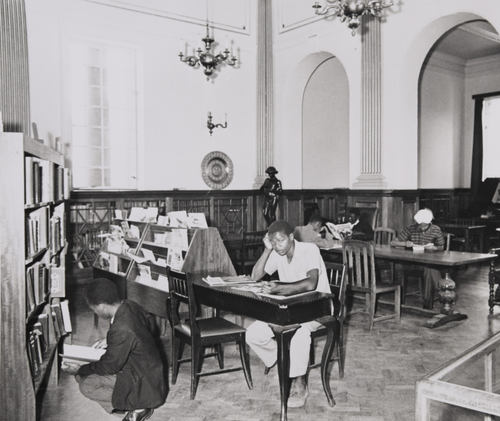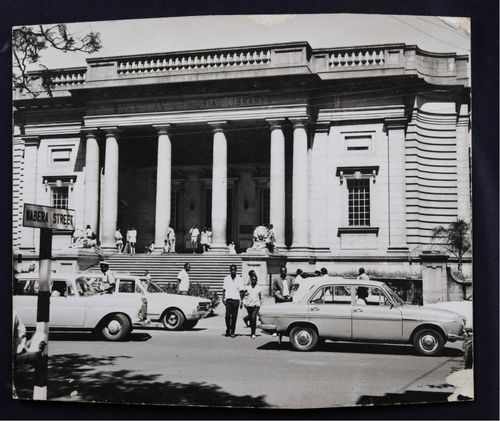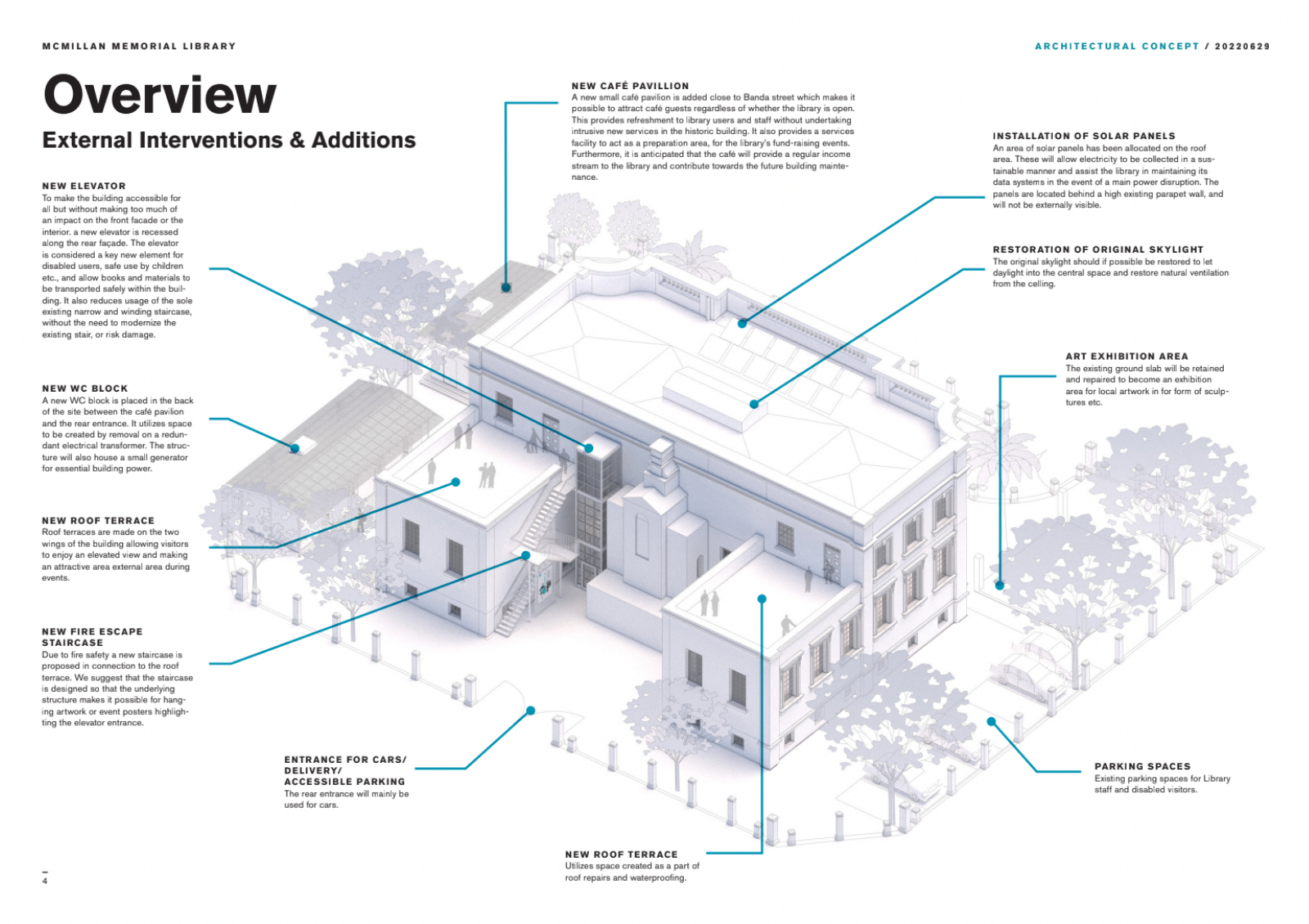History Highlights

- Opened in 1931, built by Lady Lucy McMillan in memory of her husband, Sir Northrup McMillan.
- Northrup McMillan was an American-born Briton who settled in Kenya in 1904 during a hunting expedition. After his death, Lady McMillan remained in Kenya until her passing in 1957.
- Protected by law: the only building in Kenya covered by its own Act of Parliament (The McMillan Memorial Library Act Cap 217 of 1938, revised in 2012).
- Access restrictions: Restricted to segregated use by European settlers until 1958 , when it was bequeathed to Nairobi City Council and opened to the general public ahead of Independence.
- Expansion: branches later opened in Waithaka, Kayole, Makadara, and Kaloleni, of which only Makadara and Kaloleni remain open today (both renovated by Book Bunk).
Cultural Significance

- Nairobi’s oldest and Kenya’s second-oldest library, anchoring the city’s literary and architectural heritage.
- A symbol of Nairobi’s cultural evolution, from colonial exclusivity to public ownership.
- A landmark of national memory, preserving a rare and historic book collection.
- Continues to serve as a knowledge hub for students and the wider public, despite urgent restoration needs.
- Functions as a space for culture and dialogue, hosting events, conversations, and programmes that connect communities.
- Endures as a beacon of culture and learning, representing resilience in a rapidly changing city.
Why Resoration Matters

- Heritage is preserved: The building remains structurally sound for at least another 100 years, safeguarding Nairobi’s oldest library for future generations.
- Access is inclusive: All members of the public: children, young adults, adults, and differently-abled users, can fully engage with and benefit from the library’s programmes, spaces, and services.
- Safety is guaranteed: Modern systems will make the library safe to use, with facilities that protect health, wellbeing, and effective evacuation in emergencies.
- Sustainability is prioritised: Energy-efficient design will reduce the library’s carbon footprint and operational costs.
- Vibrancy is renewed: The restored library will host lectures, exhibitions, and community events, generate its own income, and sustain not only itself but also its branch libraries.


